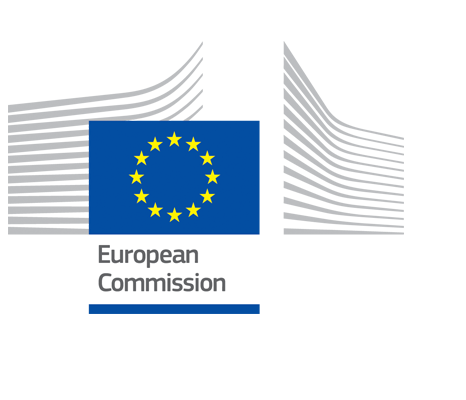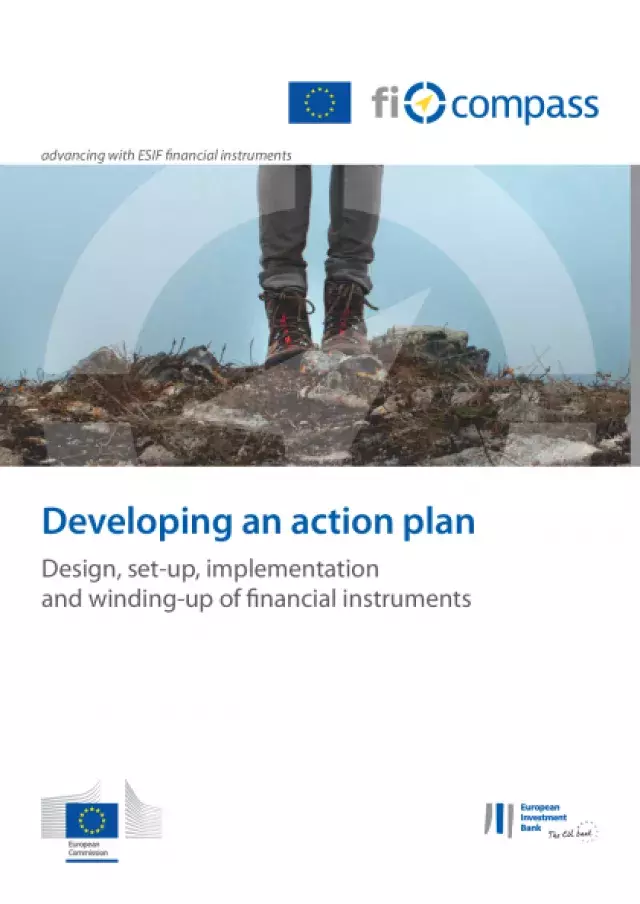Developing an action plan
11 September 2015
Design, set-up, implementation and winding-up of financial instruments.
To ensure a comprehensive and efficient process, managing authorities and other stakeholders may refer to the action plan described in this short reference note, which structures the life cycle of financial instruments along four logical phases.
- Design: The ex‑ante assessment, the selection of bodies implementing financial instruments, culminating with the signature of funding agreements.
- Set‑up: The creation of a sound governance and management structure, including the reporting and accounting system.
- Implementation: Final recipients are informed, selected and funds disbursed. Repayments are reused
- Winding‑up: Repayment of resources on closure of financial instruments.
Each phase is crucial for the success of the following one, since:
- Good design helps define the choice of financial instruments and the implementation arrangements. The investment strategy and relationship with other stakeholders determines the set‑up.
- Sound set‑up safeguards and accelerates implementation, which avoids delays in disbursement to final recipients.
- These three phases precede the winding‑up which is usually defined in the design and/or set‑up phase.
This short reference guide is structured in four sections dedicated to each phase of the action plan (design, set‑up, implementation and winding‑up). Each section (phase) is framed by the main activities that, according to EU regulations, are needed. Section five provides links to additional resources for each phase of the action plan available on the fi‑compass website.


